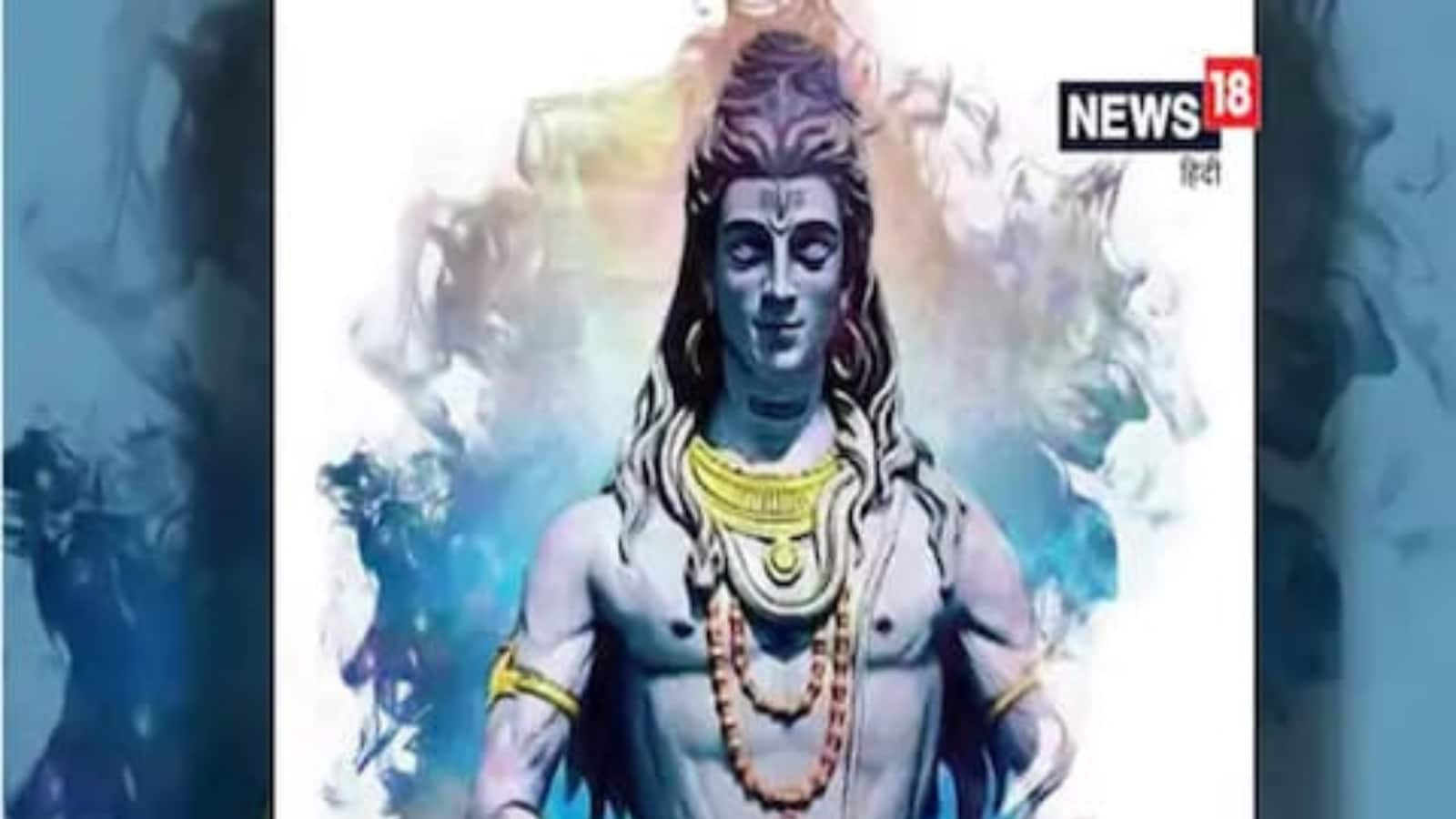Ashwin Shivaratri: History, Significance, Puja Vidhi, Samagri And Muhurat
Every month, Masik Shivaratri falls on the Chaturdashi Tithi of Krishna Paksha. Maha Shivaratri is celebrated to mark the appearance of Lord Shiva in the form of Linga. The Shiva Ling was first worshipped by Lord Vishnu and Lord Brahma. It is also celebrated as the convergence of Shiva and Shakti. The monthly celebration is known as Masik Shivaratri, and Maha Shivaratri is only celebrated once every year.
This year, according to the Hindu calendar, Masik Shivaratri fell on March 1 in Falgun month. Devotees can start celebrating Masik Shivaratri starting from Maha Shivaratri and then observing a fast every month on the Krishna Chaturdashi.
Devotees believe that by observing a fast, Lord Shiva showers them with his grace and blessings. Through those blessings, they believe that they will be able to surpass all difficulties and finish important tasks with ease. To receive Lord Shiva’s blessings, devotees stay up all night and worship at midnight.
Both unmarried and married women observe a fast on Masik Shivratri to both aspire for a good husband and to pray for their husband’s long life respectively. It is also believed that by observing a fast on Masik Shivaratri, marriages turn happy with peace and love.
TOP SHOWSHA VIDEO
Puja Samagri and Vidhi:
The samagri required for the puja of Masik Shivaratri are fruits, desi ghee, flowers, curd, water , honey, Gangajal and bel leaves. Wake up early in the morning and wear clean clothes after taking a bath.
Light a lamp in the house’s temple and worship Lord Shiva and Parvati’s idols. Chant “Om Namah Shivay” as you pray. Offer prasadam to the lord and then have it yourself. Distribute the rest to your loved ones.
Shubh Muhurat:
Ashwin Masik Shivaratri will fall on September 24. The exact timings are from 1:00 AM, September 24 to 1:42 AM, September 25.
Read all the Latest Lifestyle News and Breaking News here
For all the latest lifestyle News Click Here

